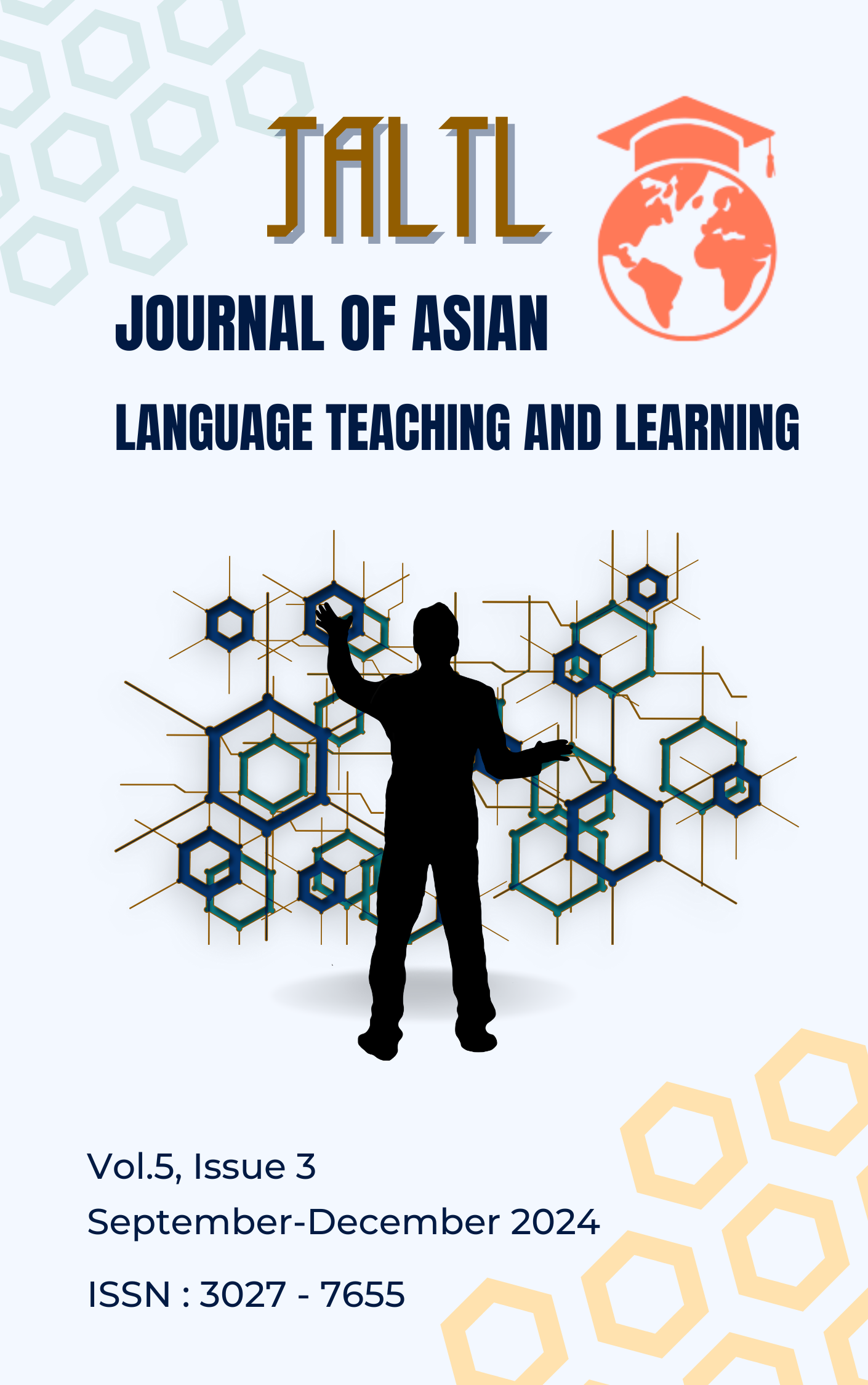The Development of English Teaching Methods of Lecturers at Sariputta College, Muse, Northern Shan State, Myanmar
Main Article Content
Abstract
The purposes of the study were: 1) to study the English Teaching methods lecturers at Sariputta College, Muse, Northern Shan State, Myanmar; 2) to develop English teaching methods of lecturers at Sariputta College, Muse, Northern Shan State, Myanmar; and 3) to study students' satisfaction with English teaching methods of lecturers at Sariputta College, Muse, Northern Shan State, Myanmar.
The participants included teachers and students from selected government secondary schools in the Mandalay Division. The study employed a mixed-methods approach, incorporating both qualitative and quantitative data. The instruments used were a questionnaire on current English teaching methods, a manual incorporating CLT principles, lesson plans based on CLT, pre- and post-implementation assessments, and a satisfaction survey regarding the teaching manuals. Data were analyzed using percentage, mean, and standard deviation calculations via Microsoft Office Excel.
Results indicated that current English teaching methods in the region varied, with many schools employing traditional approaches. The introduction of CLT-based methods led to significant improvements in teaching effectiveness, with post-implementation assessments showing enhanced student performance. Additionally, students expressed high satisfaction with the new teaching manuals, achieving a satisfaction rate of 85.90%, a mean score of 4.29, and a standard deviation of 0.58. This suggests that the development and application of CLT-based methods were effective in improving English language instruction and student engagement in the Mandalay Division.
Article Details

This work is licensed under a Creative Commons Attribution-NonCommercial-NoDerivatives 4.0 International License.
References
Banks, J. A. (2016). Cultural diversity and education: Foundations, curriculum, and teaching. New York and London: Routledge, p. 47.
Brown, E. (2020). Effective Pedagogical Strategies for English Language Instruction in Secondary Education. Journal of Language Education, 48(4), 521-542.
Chanakanat Chinsorn. (2018). The Satisfaction of Students in Studying Fundamental English Subject at Rajamangala University of Technology Thanyaburi. The 2nd National Academic Conference on Innovations for Learning and Inventions, held on July 18, 2018. Rajamangala University of Technology Thanyaburi: Pathum Thani Province.
Chonchalita Kamutthapichai. (2020). The Guidelines for Development of Standard Based Model in English subject at Primary Education level for the English Program students in Teaching English for Primary Education course. Pikul Journal, 18(1), 291-307.
Graddol, D. (2006). English Next: Why Global English May Mean the End of English as a Foreign Language. United Kingdom: The British Council, p. 57.
______. (2000). The Future of English? A Guide to Forecasting the Popularity of the English Language in the 21st Century. UK: The British Council, p. 53.
Kanjana Wutthisak. (2018). The Development of an English Instructional Model Based on "Teaching by Not Teaching'' Approach to Enhance the Ability of Reading Comprehension of Matayomsuksa 5 Students(Thesis for the Doctor of Philosophy in Education program). majoring in Curriculum and Instruction, College of Education: Dhurakij Pundit University.
Mananya Manaratchasak. (2022). The research study the development of English communi cative language teaching and collaborative learning instructional model to develop the communicative skills and self-confidence in using English for the elementary students(Thesis for the Doctor of Philosophy program). Department of Curriculum and Instruction: Silpakorn University.
Matsuda, P. K. (2013). Principles and Practices of Teaching English as an International Language. Multilingual Matters, p. 89.
McKay, S. L. (2002). Teaching English as an International Language: Rethinking Goals and Approaches. England: Oxford University Press, p. 129.
Modiano, M. (2011). Towards a Definition of English as a Lingua Franca. International Journal of Applied Linguistics, 28(2), 208-223.
Patcharee Ruennak. (2021). The research study Development of English Skills Using Cooperative Learning STAD Technique with Multimedia for Prathomsuksa 5 Students(Master’s Thesis).Research of Curriculum and Instruction: Sakon Nakhon Rajabhat University.
Payne, C. M. (2008). So much reform, so little change: The persistence of failure in urban schools. UK: Harvard Education Press, p. 63.
Phillipson, R. (2003). English-only Europe? Challenging language policy. London: Routledge.
Phillipson, R. (2009). Linguistic Imperialism Continued. New York and London: Routledge.
Seidlhofer, B. (2004). Research Perspectives on Teaching English as a Lingua Franca. Annual Review of Applied Linguistics. UK: Cambridge University Press, p. 52.
Supannee Charoenwong. (2012). a study of satisfaction with learning English of upper primary school student’s wat Omnoi school (Mitr kru rat rangsan). The 5th National Symposium, “Religion and Philosophy: Concept, Perspective, and Ethical Values”. Mahamakut buddhist University.
Tisakorn Khamprakon. (2017). Situations, Problems, and Guided Development of Teaching Learning English Instruction Towards the ASEAN Community Secondary Schools in Sakaeo, under the Secondary Educational Service Area Office 7. Journal of Education, 28(1), 169-180.
Widdowson, H. G. (2024). The Ownership of English. [Online]. Source: https://shorturl.asia/iukK4

